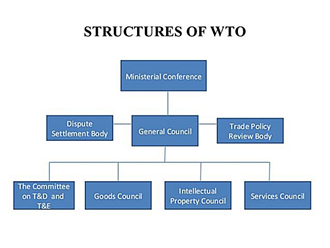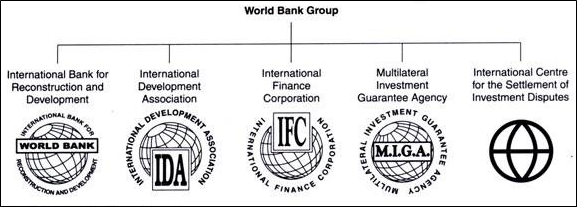The agriculture sector in India faces numerous persistent challenges that impact its sustainability and productivity. It also creates a vicious cycle of poverty as most of the rural population depends upon agriculture directly or indirectly. Some of these include:
1. Land degradation: Extensive use of chemical fertilisers and pesticides has significantly reduced soil fertility. Measures such as promoting organic farming, and the judicious use of fertilizers are essential to restoring soil health.
2. Fragmented and uneconomical size of land holdings: The majority of Indian farms are small and fragmented, limiting economies of scale. This fragmentation is exacerbated by the traditional practice of dividing land among heirs, leading to inefficiencies in farm operations
3. Monoculture concerns: Continuous cultivation of the same crops depletes soil nutrients and increases pest resistance. Encouraging farmers to adopt crop rotation and diversified cropping patterns can help maintain soil fertility and reduce dependency on chemical inputs.
4. Poor-quality seeds: Many farmers still use low-quality seeds, resulting in suboptimal yields. The promotion and adoption of high-quality, certified seeds can significantly enhance productivity.
5. Farmers indebtedness: Farmers often rely on high-interest loans from informal sources, leading to a cycle of debt. Improved access to institutional credit and better financial literacy are critical to alleviating this burden.
6. Inadequate irrigation facilities: A significant portion of Indian agriculture is rain-fed, making it vulnerable to erratic weather. Expanding and improving irrigation infrastructure, including micro-irrigation systems, can enhance water use efficiency and crop yields.
7. Labour issues: Urban migration and rising wages under schemes like MGNREGS have led to a shortage of agricultural labour. Mechanization and the adoption of labour-saving technologies are potential solutions.
8. Poor infrastructural facilities: Lack of adequate rural infrastructure, such as roads, cold storage, and market access, hampers the efficiency of the agricultural value chain. Investments in these areas are essential for reducing post-harvest losses and improving market linkages.
9. Price volatility: Fluctuations in agricultural prices create income instability for farmers. Strengthening price support mechanisms like MSP and developing better market forecasting tools can help stabilize farm incomes.
Doubling Farmers’ Income
The Ashok Dalwai Committee was constituted by the Indian government in 2016 to formulate a strategy for doubling farmers’ income. The Committee’s recommendations are as follows:
-
- Improvement in crop productivity: Enhance productivity through the adoption of high-yielding varieties, better farming practices, and efficient resource use.
- Improvement in livestock productivity: Boost livestock productivity to diversify income sources and improve overall farm income
- Resource-use efficiency: Increase efficiency in the use of inputs such as water, fertilizers, and seeds to reduce production costs and enhance profitability.
- Increase in cropping intensity: Maximize the use of available land by increasing the number of crops grown per year through multiple cropping systems
- Diversification towards high-value crops: Shift from traditional crops to high-value crops like fruits, vegetables, and floriculture to increase income
- Improvement in real prices received by farmers: Strengthen market infrastructure, reduce intermediaries, and enhance farmers’ access to markets to ensure better price realization for their produce
- Shift from farm to non-farm occupations: Promote non-farm activities and rural entrepreneurship to provide additional income sources and reduce dependence on agriculture alone
- Adoption of Model Land Leasing Act: This will bring underutilized land into productive use and improve operational efficiency
- Integration with industrial enterprises: Agriculture should generate raw materials for industries, adding value beyond food and fodder
- Increased public investment: Raise public investment in agriculture to 4% of GDP, up from the current 2.76%.
- Technological and institutional reforms: Emphasize the use of modern machinery, improved irrigation, crop insurance, and digital technology to enhance productivity and resilience



